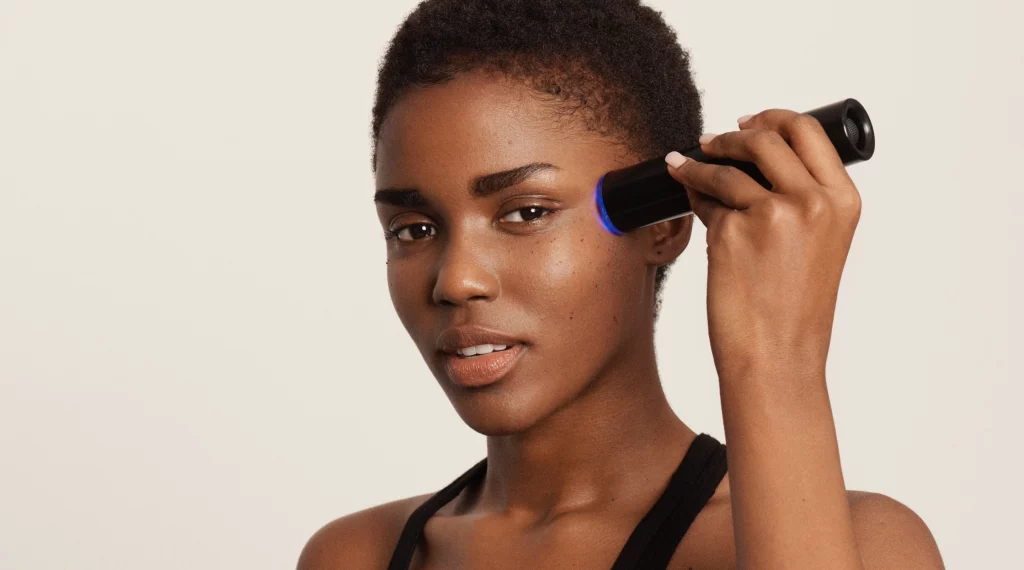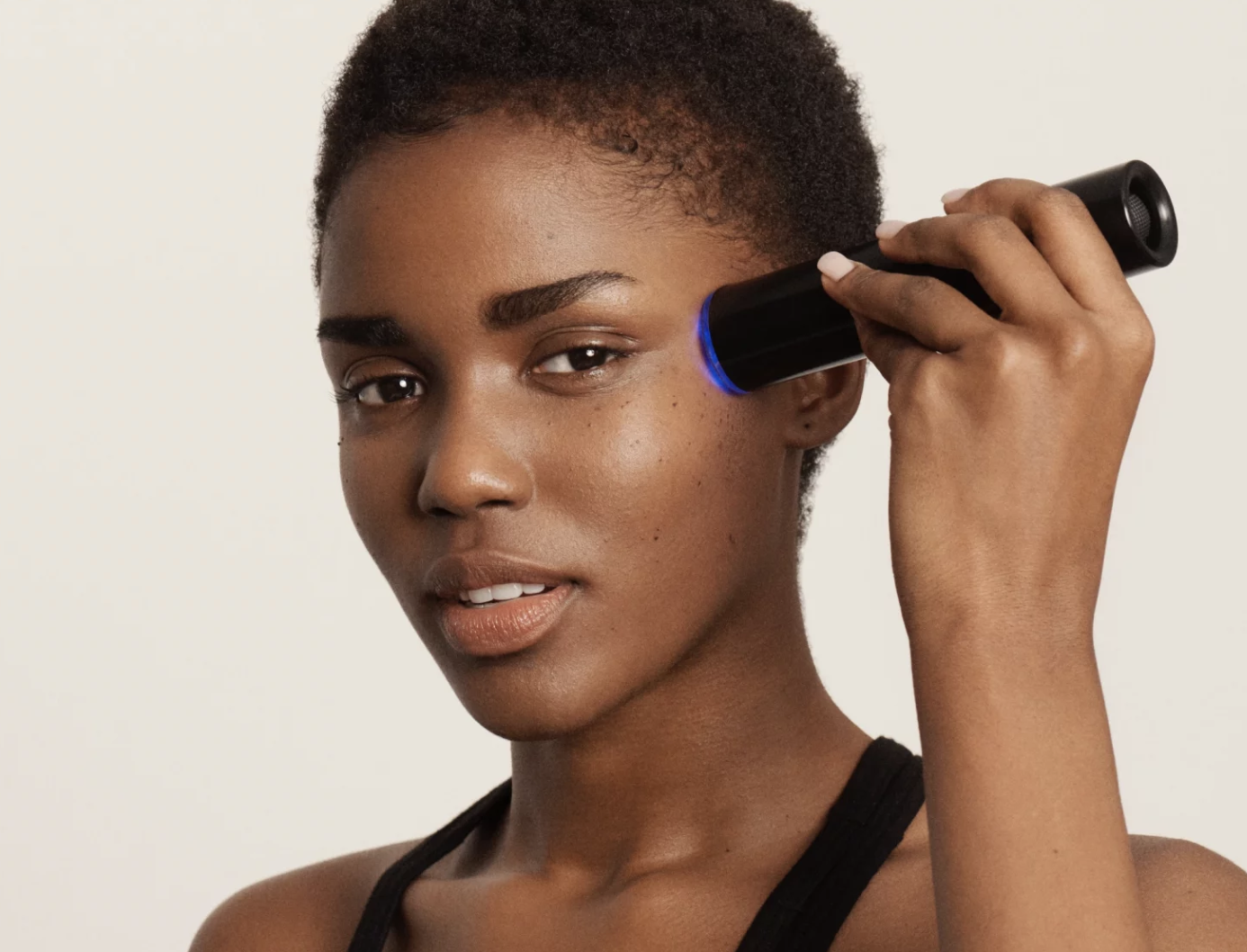If you want to be a lifestyle brand, start by not calling yourself one. Recent brand history is littered with fast-tracked examples which prove that you can’t necessarily sub-brand/shoehorn your way via brand extensions into new territories, especially in the name of being a constantly diversifying ‘lifestyle’ offer. This doesn’t, of course, stop brands coveting what, for many, can seem a nebulous but highly desirable concept.
What is a lifestyle brand:
Because brands that have successfully established themselves in this space are not product-led. Instead, they have gone beyond pure functionality to inspire, motivate and guide their consumers with a culturally definitive concept. Offering solutions which aim to not only answer their needs and answer potential deficits in current categories but also to inspire and enrich their lifestyles in new and unexpected ways. Importantly, they also create a lasting connection by reflecting the same values, interests, attitudes or opinions as their communities and audiences, building aspirations for a better future.
Take US brand YETI as a brilliant example. Post-pandemic, the natural world became a reinvigorated ‘arena’ of opportunity for the lifestyle brand. As consumers ventured back outdoors, and terms like rewilding evolved from a term for ecological restoration to a personal mission, through books with titles like ‘Rewild yourself’, it became clear that the all-important functional to an aspirational spectrum of nature was there for brands to tap into. YETI, credited with ‘igniting a national trend in drink-chilling machismo’ (texasmonthly.com), was established by two brothers who are passionate fishermen, and its colourful, sleek, yet durable drinkware, coolers, bags, and other outdoor gear have been ‘built for the wild’. The brand also forged a network of outdoor ambassadors from hunting and fishing, ranch and rodeo, surf, and skate outdoor enthusiasts to give feedback on the products and held film tours across the US to share human stories about their users, citing the film as a powerful medium for the brand’s marketing. Never losing sight of the fact that creating meaningful, functional products is their core mission, but understanding that they needed a desirable brand image and experience to elevate them above the practical and decidedly unsexy world Tupperware and Thermos had originally established.

Image Credit: YETI
There is a powerful example of how ‘Lifestyle’ brands who create real traction and a true cut-through have been insightful enough to connect with both the day-to-day issues and challenges their consumers face in the world – and design in a way that truly elevates their experiences.
Another example of brands recognising real-life scenarios has been the shift change in Rimowa since being acquired by LVMH. Founded in Cologne 1898 the industrial, aviation-inspired design it is famous for was created in the 1950s to be durable enough to hold expensive equipment for film crews no matter what the conditions of their location were. These days, its luggage is seen in every airport, and the ‘patina’ created by travel is seen as a mark of the seasoned traveller. Its burnished indestructibility has become the ultimate in travel lifestyle and spawned copycat brands like ‘Crash baggage’, which comes with ready-made dents (if you are in too much of a hurry to create your own).

Image Credit: Rimowa
Brands in this space also create compelling worlds for their consumers to enter. Developing technology and capabilities so that they can holistically inhabit people’s online and offline worlds. Again, luxury and premium brands have been front-runners in this space, and not just for newly launching products but as a showcase of their vintage pieces reinforcing past and present globally recognised equity. Gucci Vault is an experimental space that allows its consumers to source both new experimental collaborations with other global designers using Gucci materials and archival pieces restored by its artisans. It describes the vault as a treasure trove of unique objects representing beauty, dreams, passions, and above all, the search for ideas beyond the confines of time and space.
For many, the lifestyle and wellness sectors are almost one and the same, with Goop now being seen as the benchmark for successful brands aspiring to be in the space. Recent rising stars also include beverage brand Kin, and fragrance brand Ffern and Lyma, which spans sectors including supplements, skincare, and lasers.
Kin Euphorics, whose branding earned it the nickname of ‘Goop’s Gen Z’s daughter’ by Vice, is part of the alcohol-free functional beverage movement now bringing a host of benefits, including the easing of stress, boosted energy and better sleep. Co-founder Bella Hadid’s involvement has also helped attract an audience to its health focused nootropics. Ffern, a perfume brand that releases its 100 pure fragrance oils with each new season of the year, has established itself as part of its consumer’s lifestyles with these quarterly releases.

Image Credit: Ffern
Lastly, LYMA® is making major headlines through its cutting-edge, medically approved supplements, medical-grade lasers created for at-home usage, and its newly released serum. All answering the desire for products that use evidence-based science to make a real difference. The serum, in particular, released to much fanfare in June, raises the bar with results that target the epigenetic shift in the skin’s ageing mechanisms – the brand’s legions of celebrity clientele have also not hurt of course.

Image Credit: LYMA®
Lifestyle brands are often focused on their consumers’ well-being, but they also need to consider how they meet the impact of consumers’ wider personal, societal, ethical, or economic considerations. Rather than hiding their ethical standpoints, it is now incredibly important for brands to recognise their consumer’s interest in their standpoint and to express their identity, behaviour, and beliefs in a way that consumers can potentially relate to and emotionally engage with.
These brands are all at the leading edge of ‘lifestyle’ branding because they put human needs and desires first to innovate, design and build a world around the multiple visions of living that their audiences now – and in the future will – subscribe to. They are not lifestyle brands – but a part of their future lives.
Get in touch with us today.
To find out more about our work and what we can offer your business, get in touch.
